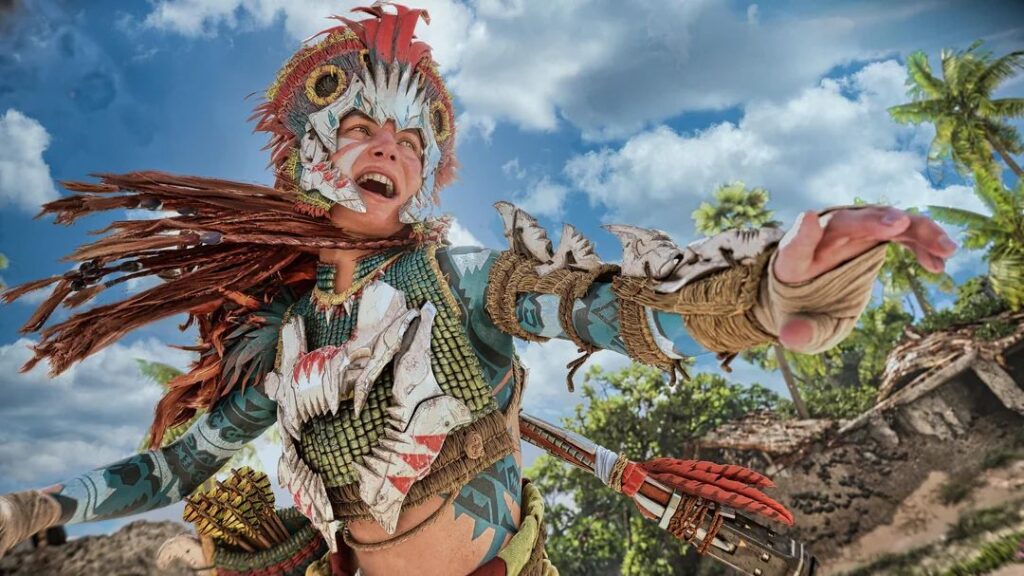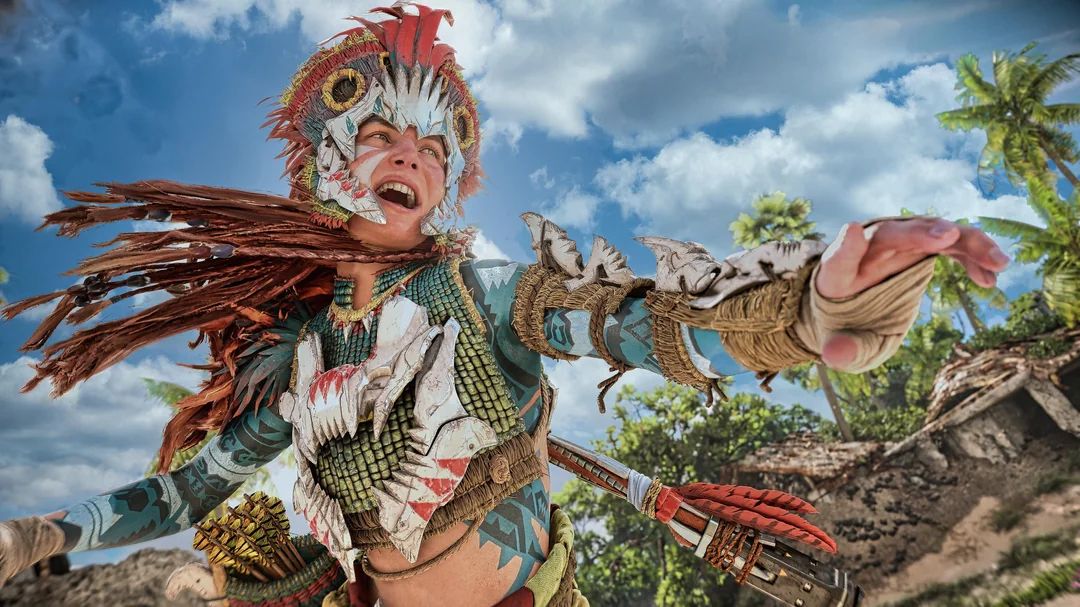
Once just a side feature, photo mode has become one of the most beloved tools in modern gaming. From Ghost of Tsushima to Horizon Forbidden West, this feature allows players to pause the action, adjust camera angles, change lighting, and even apply filters—turning gameplay into stunning digital art. But photo mode isn’t just for fun—it’s changing how players interact with games, how developers design them, and even how they market them.
At its core, photo mode lets players become visual storytellers. Whether capturing an epic boss battle or a quiet moment in a detailed open world, it offers a new way to engage with virtual spaces. Entire communities have formed around this feature, with players sharing their shots on Reddit, Twitter, and Discord. Some images even go viral, acting as free promotion for the games themselves.
Developers have taken notice. Studios now build games with photo mode in mind, designing landscapes and lighting that look good from every angle. Spider-Man: Miles Morales, for instance, features emotes and poses specifically for photo mode, encouraging creativity and social sharing. In games like Red Dead Redemption 2, the photo mode feels like a built-in Instagram filter for the Wild West.
Behind the scenes, implementing a great photo mode is no small feat. It requires stable engine performance, precise control schemes, and detailed graphical fidelity. That’s where efficient development pipelines become critical. Teams often use devops practices to streamline testing, manage builds, and make rapid updates to features like UI overlays or camera functions. Platforms like devops help studios automate much of this process, freeing up resources to focus on the artistic polish photo mode demands.
What’s even more interesting is how photo mode is influencing game testing. QA teams sometimes use it to zoom in on visual bugs, check lighting issues, or analyze animation glitches from multiple angles. This adds an unexpected layer of utility beyond just screenshots.
In some cases, photo mode even becomes a storytelling tool. Players use it to document their playthroughs or role-play their characters. The result? A new blend of gaming and digital photography that blurs the line between player and creator.
In a world obsessed with sharing, photo mode turns every player into a potential artist—and every game into a virtual playground for creativity. It’s more than a gimmick; it’s a feature that’s quietly reshaping how we experience and remember our favorite games.









